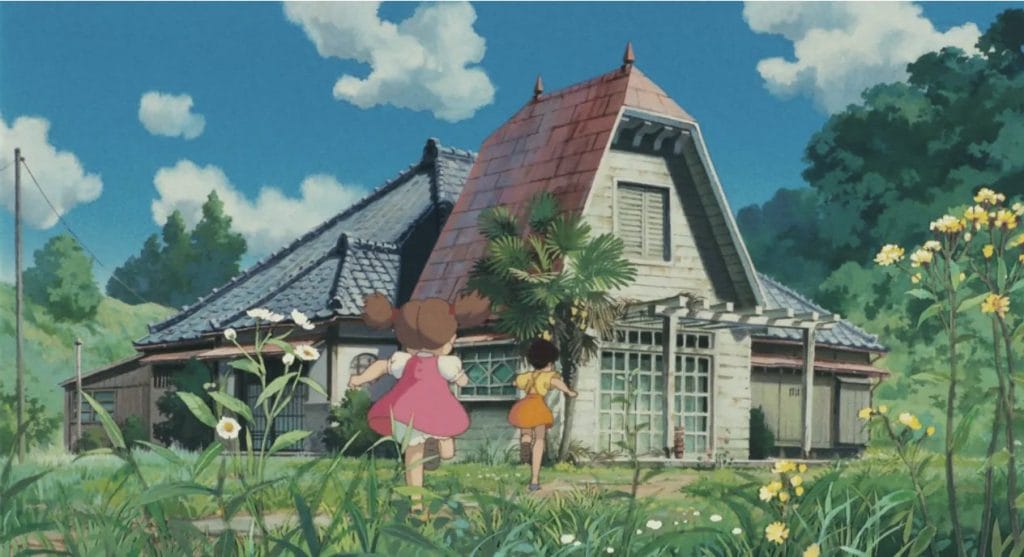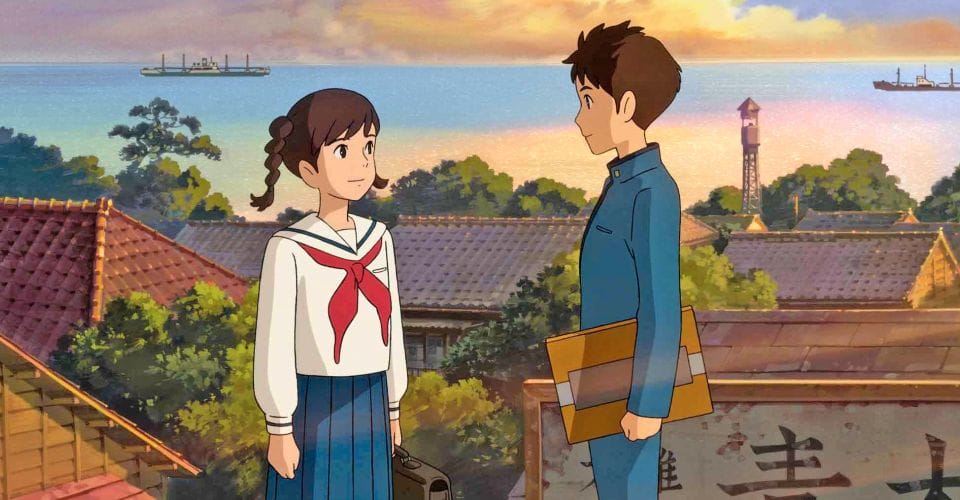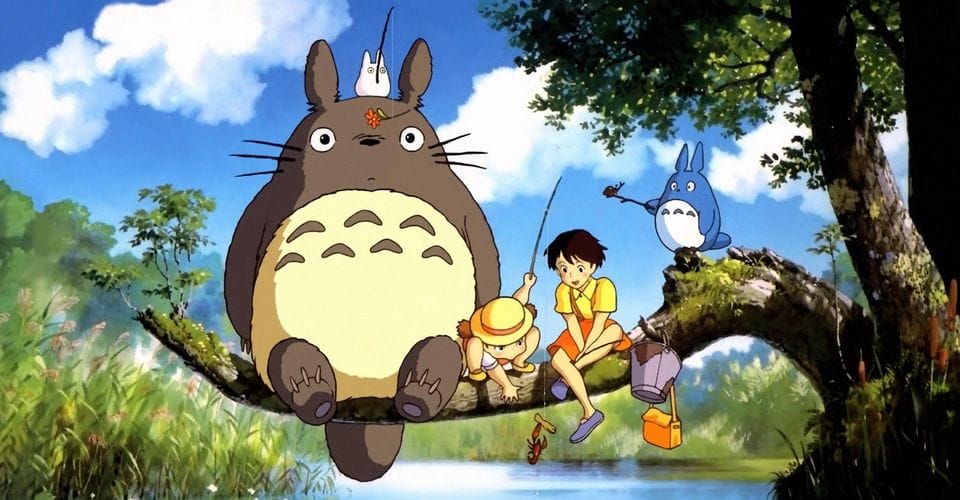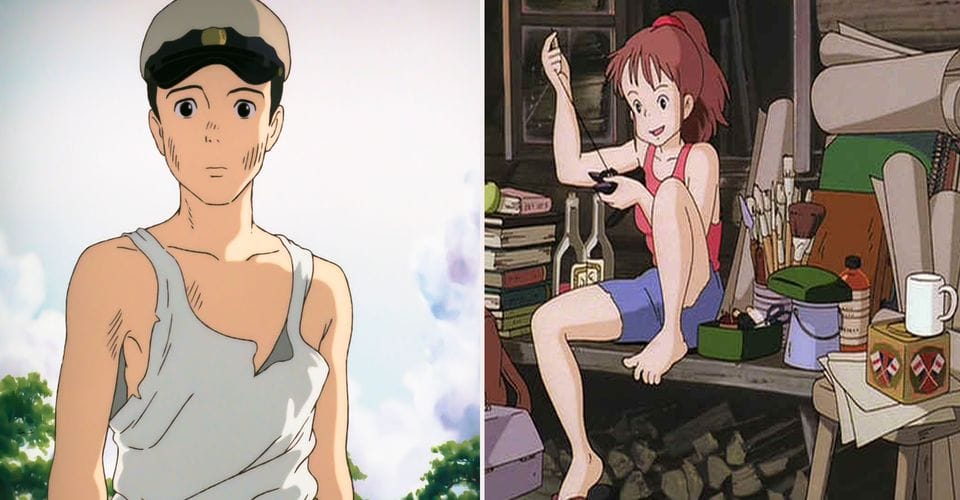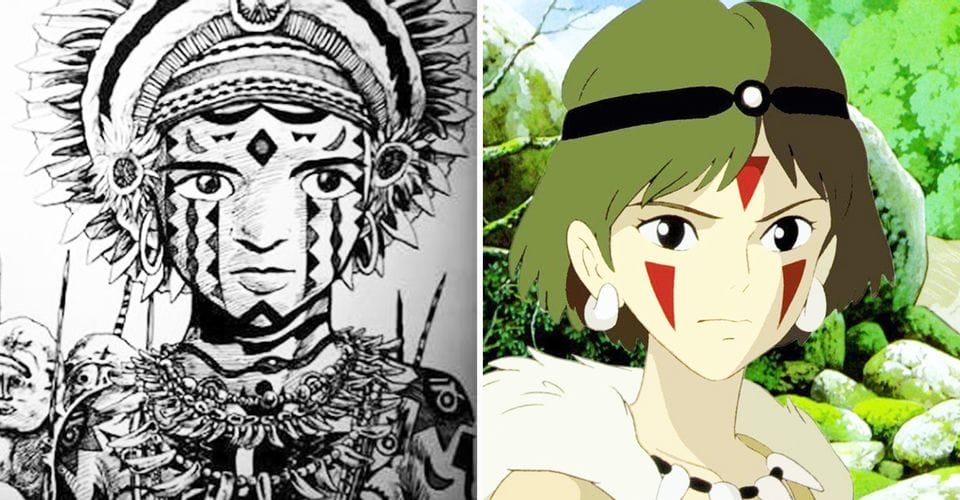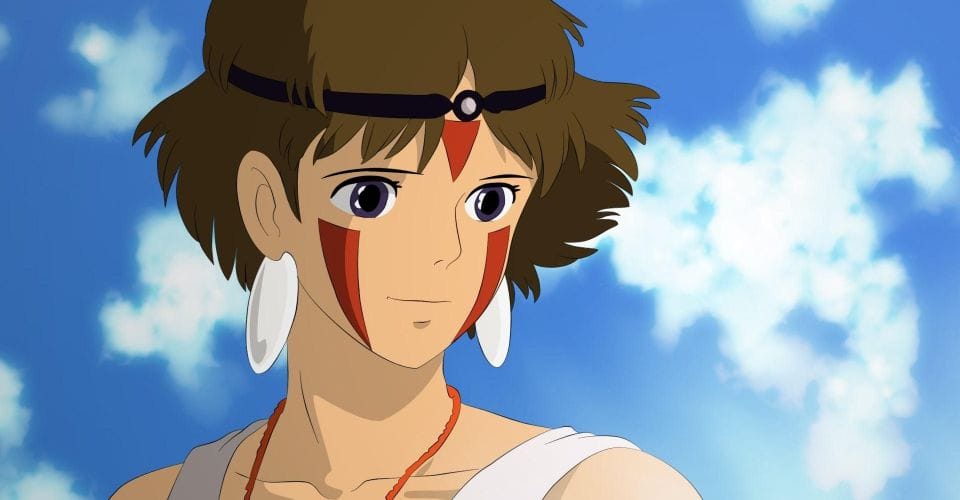Blog
10 Best-Supporting Characters from Studio Ghibli Movies

Studio Ghibli’s main characters are known for being beautiful and brilliant, but what about there supporting cast? Let’s shed a spotlight on them.
Studio Ghibli is renowned across the globe as a master in the anime medium, producing films that not only impress box office numbers but delight those in search of a deeply moving experience. With full-length animations that span over 30 years, Studio Ghibli movies define and defy both anime and animation and are a household name synonymous with Disney. Much of this acclaim is attributed to many facets behind their productions, including distinct character designs, groundbreaking innovations in animation, and compelling narratives seeped in metaphoric richness.
Another feat that makes Studio Ghibli the envy and idolization of other studios is their ability to create relatable heroes, villains, and everything in between, despite the whimsy in each film’s story. However, without an arsenal of supporting characters to foil or uplift the lead roles, many of these heroes would fall flat. Below is a list of the best-supporting characters from several Studio Ghibli titles, each one as vital as the main characters they shadow.
10. Calcifer (Howl’s Moving Castle, 2004)

Calcifer is as fiery in spirit as he is in form. A Fire Demon bound in a contract with Howl, Calcifer’s spark is what keeps the castle in Howl’s Moving Castle, well, moving. Calcifer is confined to the corners of his hearth and although he is quick for a snarky retort or thought, remains loyal to Howl, Sophie, and the other inhabitants.
Described as Howl’s “weakest point”, it is no wonder the castle crumbles when Sophie removes him from his prison, only to be revived from eating her hair. Calcifer is representative of Howl’s ambitions, a fallen star he managed to keep from burning out long ago.
9. Lady Eboshi (Princess Mononoke, 1997)

For as much as she is an antagonist in the film, Lady Eboshi’s role in Princess Mononoke is one of power and resilience, especially in her world full of society’s rejects. She employs both females and lepers in Irontown, making her a beloved and empathetic leader unbound by normalcy.
Although her motives are selfish, fueled by her need to control the forest and its resources at all costs, her later ability to feel remorse for her actions and vow to learn from her arrogance makes for the perfect anti-villain.
8. Ursula (Kiki’s Delivery Service, 1989)

Kiki learns the value of hard work and perspiration throughout Kiki’s Delivery Service. In a society fueled by economic expectations, Kiki thrives as she flies through the sky, delivering goods to people across Koriko. Once Kiki meets Ursula, however, she begins to understand that life is simply not using your talents to turn a profit.
Ursula is an artist who lives in the forest on the outskirts of town and is more free-spirited than Kiki, despite Kiki’s ability to fly. Through Ursula, Kiki learns to “trust her spirit” and begins to see her talents are worth even more than the money or business she makes from them.
7. Kamajī (Spirited Away, 2001)

When the audience first meets Kamajī, they are met with a curmudgeon older man working diligently as the bathhouse’s boiler room operator, sporting eight limbs and a spider-like appearance. Although he is indifferent and unwilling to assist Chihiro at first, her tenacity and persistence, much like his own, cause Kamajī to come to her aid several times throughout Spirited Away.
After all, it is Kamajī who understands the purpose of the herb in Chihiro’s hand and is the one to revive Haku from imminent death. Also, Kamajī supplies Chihiro with the train ticket and directions to Zeniba’s home.
6. Dola (Laputa, Or Castle In The Sky, 1986)

As the matriarch of the Dola Gang, Captain Dola is first introduced in Castle in the Sky as a ruthless and greedy air pirate that will stop at nothing to obtain artifacts from the fabled Laputa.
While attempting to steal the crystal from Sheeta, Dola and her overbearing sons end up joining forces with the protagonists (Sheeta and Pazu) to thwart the despicable Colonel Muska. Initially, Dola begrudgingly allows Sheeta and Pazu to join the gang but soon becomes a motherly figure to the children as well, as Sheeta is a reminder of her younger self.
5. Catbus (My Neighbor Totoro, 1988)

The Catbus, although a supporting character in My Neighbor Totoro, is a prominent image in both popular culture and association with Studio Ghibli. As a mode of transportation for the Totoros in the film, the Catbus assists Satsuki in finding Mei, even changing its destination marquee to Mei’s name.
After the sisters are reunited, the Catbus also takes them to visit their mother in the hospital. Some would argue that Catbus is reminiscent of the Chesire Cat from Alice in Wonderland, but aside from appearances, Catbus is much more helpful in providing a means of transportation, direction, and solace for the sisters.
4. Kodama (Princess Mononoke, 1997)

The Kodama, or tree spirits, in Princess Mononoke, appear as small white figures with round black eyes and mouths. By rapidly cocking their heads back and forth, making clicking sounds, they represent the overall health of the forest. Some characters are terrified by their appearance, but the Kodama’s presence is as subtle and vital as the moss that grows beneath them.
When the Night Walker loses his head and Irontown is ultimately overtaken by nature, there does not seem to be a Kodama insight. But hope springs eternal within the last frames of the film, as a familiar figure appears, reassuring the audience that the forest continues to live on.
3. Lin (Spirited Away, 2001)

Lin is the bossy bathhouse servant that assists Chihiro in her quest to turn her parents back into humans in Spirited Away. Acting almost as a matronly figure, Lin is consistent in reassuring Chihiro and protecting her from being detected by otherwise harmful spirits.
At first, she is distrusting of Chihiro, but Lin soon becomes patient with the girl, making sure that she is fed, clothed, and keeping busy. She has an innate wariness towards Yubaba and Haku but is quick to keep both in the dark about Chihiro’s intentions, despite the risk involved.
2. Jiji (Kiki’s Delivery Service, 1989)

Jiji acts as Kiki’s familiar and confidant in Kiki’s Delivery Service. However, it is interesting to note how different his representation is when comparing the original Japanese version and the dubbed Disney release (1998). As her companion in the Japanese, Jiji is cautious and timid, acting as a second pair of eyes for Kiki.
In comparison to the English dubbed, Jiji is voiced by the late Phil Hartmann and is a spunky, outspoken independent and critical of Kiki is some respects. Regardless of the voice track, Kiki’s inability to hear Jiji’s voice towards the end of the film is symbolic of Kiki’s growth as not only a witch, but a woman.
1. Ohmu (Nausicaä Of The Valley Of The Wind, 1984)

Although Nausicaä of the Valley of the Wind was released right before the formation of Studio Ghibli, this list would be remiss without its mentioning. The Ohmu are a fascinating species prevalent in the backbone of the film’s narrative, as their shells are a vital resource to make weapons and tools within its world. When an Ohmu’s eyes are lit blue, they are not threatened.
However, when faced with danger, the eyes of an Ohmu will blaze red, and hordes will stampede to destroy everything in its wake. Ohmu are generally docile and sensitive beings despite their monstrous appearance and sacrifice their lives for the health of all species.

